Why Salamanders? A SSALTER Blog Post
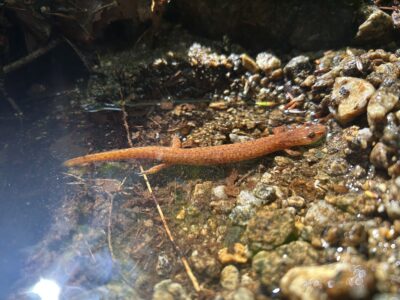
So why salamanders? It’s almost always the first question I get when I tell people about my research, says Eric Lyons in this SSALTER Blog post.

So why salamanders? It’s almost always the first question I get when I tell people about my research, says Eric Lyons in this SSALTER Blog post.
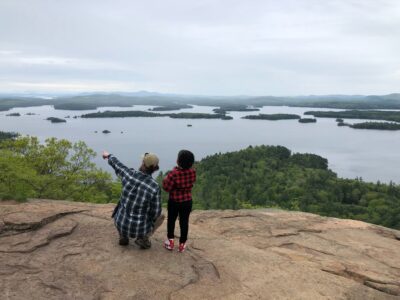
Welcome to the Woods aims to at introduce political refugees to the natural features of their new home at the Hubbard Brook LTER.

As ecological trends change with a changing climate, the Hubbard Brook Online Book will continue to reflect the most current understanding of the forest ecosystem whenever it is read.

Learn science communication in this FREE program put on by the Hubbard Brook Research Foundation. Applications now open!
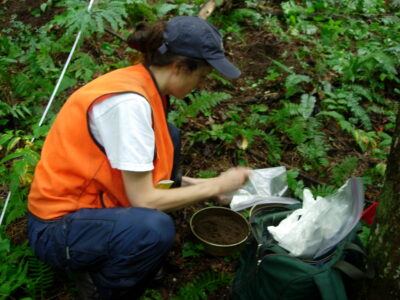
An LTER cross site synthesis effort reveals that soil carbon availability determines nitrogen mineralization and nitrification rates across a wide diversity of terrestrial ecosystems.
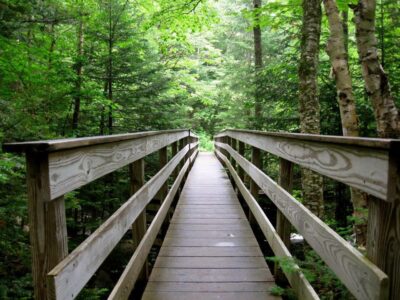
Considerable work happens behind the scenes as Sarah Garlick, Hubbard Brook’s Director of Science Engagement, brings together researchers and forest managers to identify shared research priorities in New Hampshire’s White Mountain National Forest.
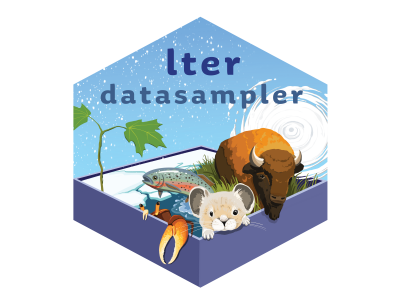
We are excited to share with the broader R community a new collection of 8 data samples geared towards teaching environmental data science!

A new global data synthesis of stream chemistry indicates human activities reduce streams ability to retain and transform nutrients.
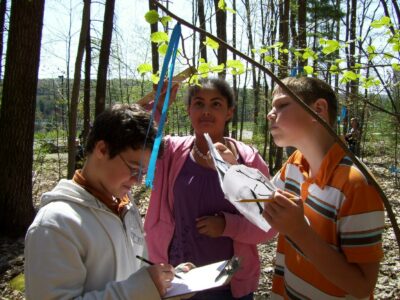
Social scientists research natural scientists at two LTER sites, and find that collaboration with communication experts is key to easier and more impactful public engagement.
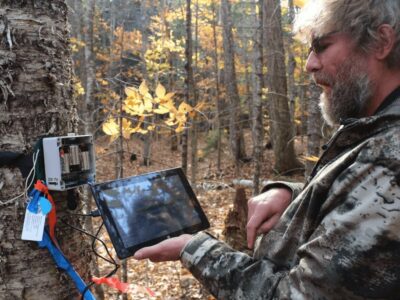
https://edirepository.org/featured/featured-20210901.00